In April, the Preservation Office of Emory Libraries received photographic items to be treated for mold from the African American Collection of the Stuart A. Rose Manuscript, Archives, and Rare Book Library. These photographs included sixteen studio prints, four tintypes, three ambrotypes, and two larger convex photographs. Mold covered the images due to moisture damage and inappropriate housing. The mold grew between the items and their open plastic sleeves (fig.1). Our conservation staff assessed, cleaned, and encapsulated the material. Additionally, the larger photographs and ambrotypes were placed in sturdy enclosures for extra protection and storage.
As we removed the items from their original plastic sleeves, we realized the mold was more concentrated on the sleeves and less on the item surfaces. All photograph surfaces were cleaned with a soft-bristled brush and a variable speed HEPA vacuum. Cleaning was successful. Although some surface stains associated with mold deterioration remain, the photographic images are visibly clear (fig. 2).
The studio prints and tintypes were encapsulated in conservation-grade polyester for safe handling to prevent mold regeneration or additional damage to the images (fig. 3). There was more significant damage to the ambrotypes and larger convex photographs, so they were placed in appropriate protective enclosures.
We placed black mat board behind each ambrotype to accentuate the image before creating enclosures. This mat board also doubled as a protective layer between the ambrotype and the enclosure (fig. 4 and 5). Two larger convex photographs will be placed in cushioned, protective enclosures to prevent further damage and direct contact (fig. 6).
Equally gratifying though somewhat frustrating was researching photo studios that created these images. The studios are now either defunct with no record of ever existing or linked to one match in the Library of Congress database.
This was a very interesting project, and it was exciting to reveal all the faces beneath the mold and marvel at the suits, dresses, and hairstyles of each person photographed. We look forward to conserving the next engaging collection from the African American Collection of the Stuart A. Rose
Manuscript, Archives, and Rare Book Library.
Ephranette Brown, Conservation Technician-Emory Libraries

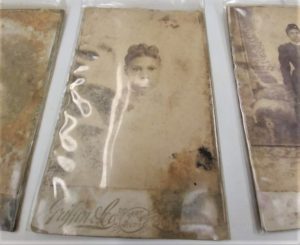
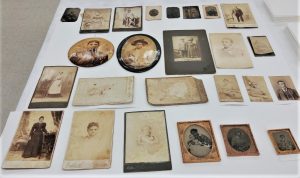
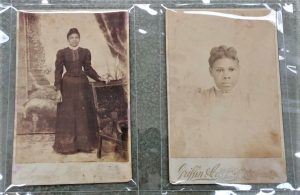
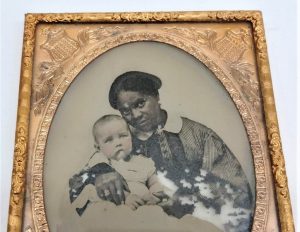
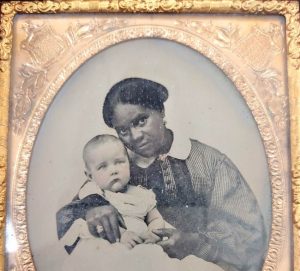
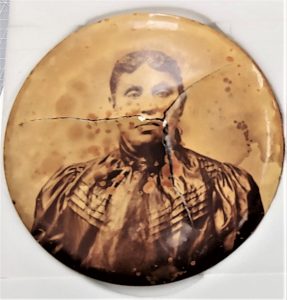
Thanks so much, Cynthia!–Kim
Interesting information, thank you. I work with the Grady County Historical Society in Cairo, Georgia.